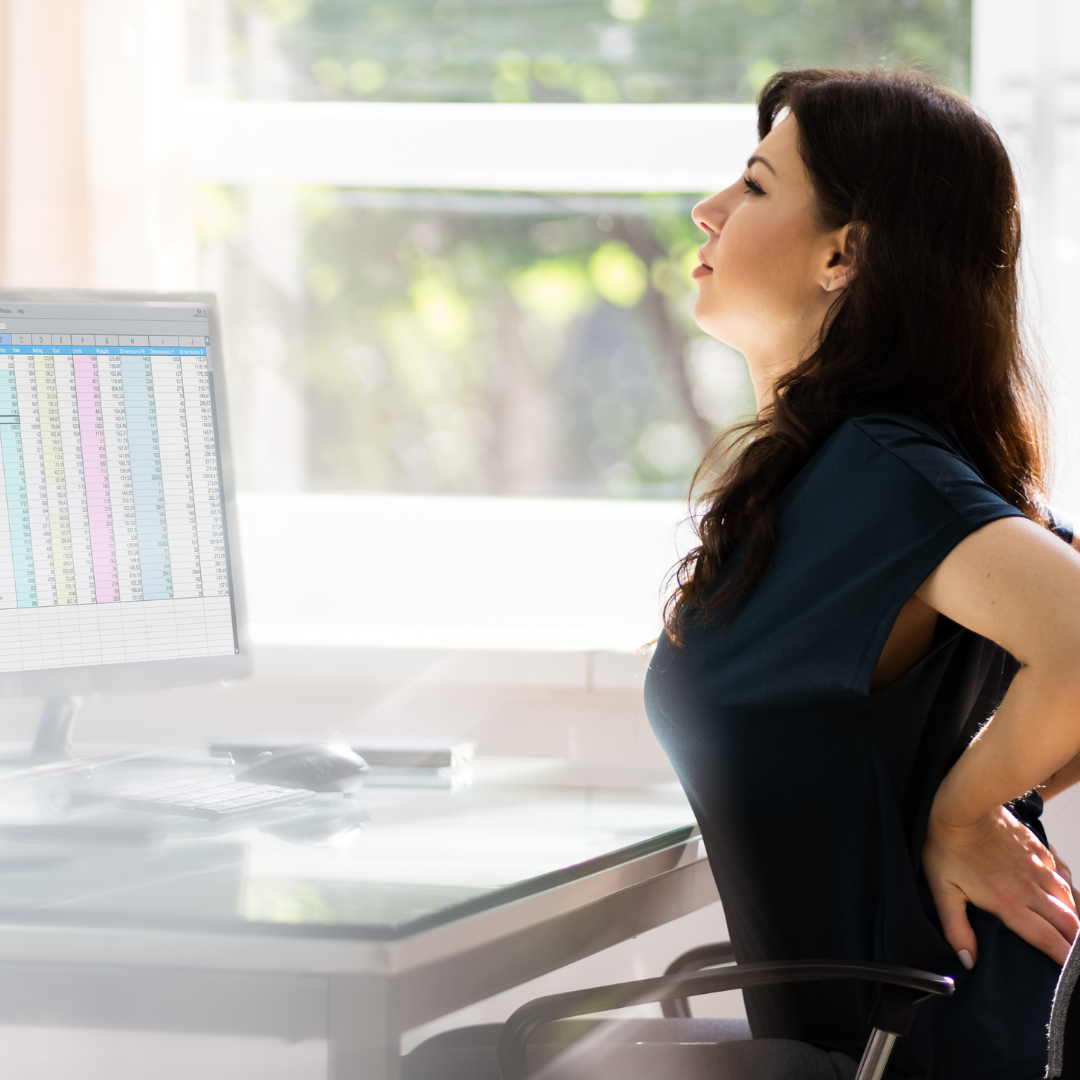Do you have a sudden urge to go to the restroom? Have you ever experienced difficulty holding urine in? Have you wondered why the volume of urine come out is so little, when you went to the restroom with such a strong urge? If you’ve ever experienced these symptoms, you might have an overactive bladder.
Today, I would like to talk about the overactive bladder and several ways to manage its symptoms.
Function of the bladder
Before taking a look at the urge urinary incontinence, I would like to talk about the function of the bladder. The bladder stores urine which is generated from the kidney(s). The amount of urine that is generated from the kidney(s) depends on the amount of food and drink that are ingested and the amount of water getting released through sweat glands. The healthy bladder can store about 500ml of urine, and if there is no issue with the bladder, it is normal to urinate about 7 ~ 8 times a day.
To store urine in the bladder, the muscle of called ‘detrusor muscle’ needs to be relaxed. To release the urine, this muscle needs to be contracted.
If you have a healthy urinary function, you should be able hold the urine until you find the restroom. To hold the urine, the opening of the urethra must be closed to keep the urine in. And the pelvic floor muscle, which surrounds the opening of this urethra should be contracting to prevent you to have a urinary leakage.
The relaxation and contraction of detrusor muscles and the pelvic floor muscle are controlled by the nervous system, the brain and spinal cord. Your nervous system allows various neuronal pathways to exchange signals between the pelvic floor muscle, the bladder, and the brain. As it was mentioned before, the bladder is surrounded by the detrusor muscles, and it could be stretched out like a water balloon and could shrink back to normal size depending on the volume of the urine stored in the bladder. When your detrusor muscle stretches as the volume of urine increases, the nerve that innervates the bladder can pick that up and send a signal to the brain. Then the brain sends a signal to the pelvic floor muscle and the bladder to release urine. These neural pathways allow the detrusor muscles to contract and the pelvic floor muscle (that surround the opening of urethra) to relax, https://clubgreenwood.com/soma-carisoprodol/. Then the urine gets released through the urethra.
If your bladder becomes sensitive or overactive, it causes your detrusor muscle to contract spontaneously whether or not your bladder is full. This abrupt contraction of detrusor muscle can be perceived as the “sudden urge to urinate” → then your detrusor muscle facilitates its contraction even more, thinking that your bladder is full→ the pressure that built inside your bladder increases by the increased contraction of detrusor muscle → you may reach the point where your pelvic floor muscle can’t withstand the high pressure and let your urine leak out of your bladder.
What causes Overactive Bladder?
It been poorly understood why some people develop overactive bladder. It can come to many people of all ages. It’s not common, but if anyone in your family has the similar symptom, there is high chance that you have develop symptoms of overactive bladder due to nervous system issues. The symptoms of overactive bladder can get worse with stress, and the fluid you drink.
How is it managed?
Retraining the bladder
If you have an overactive bladder, you might be going to restroom more than you need to. But it is important to learn to ‘hold on’ to it instead of going to the restroom as soon as you have that urge to go. You might also have been thinking, “I should go to the restroom now just in case something happens”. However, frequent trips to restroom without enough volume of urine in bladder can make your bladder even more sensitive. Physical Therapists trained in pelvic floor can help guide you with bladder retraining.
- To manage the symptoms of overactive bladder, you will need to retrain your bladder. You can start this ‘retraining’ by recording how many times you are going to the restroom (at least for 3 consecutive days).
- Then find the average time between each trips to the restroom. Then try to extend the time between each toilet visit gradually.
- A person with a normal bladder function urinates every 3 ~ 4 hours. If you are going to the restroom more often than that, you may need to practice decreasing the number of times going to the restroom. For example, if you have a pattern going to restroom once every hour, when you get a signal to go to the restroom, you should wait for 10 minutes for a week, and 15 minutes for the following week, and keep increase the time slowly until the time between each use becomes 3 ~ 4 hours.
Urge suppression technique
- Stop what you are doing. Find a place to sit if you are standing.
- Contract pelvic floor muscles rapidly 10 times. In other words, perform Kegel exercise sitting down.
- Relax your body and take a deep breath in and out for 10 times.
- Apply pressure on pelvic floor muscle. You could apply sustained pressure on the corner of a chair, or you can seat on triangularly folded towel.
- Distract yourself. Focus on other activities rather than thinking of going to the restroom. You could count backward from 100 or read books or newspapers.
- If you are still getting the signal to go to the restroom, walk normally to the restroom, not running. And do some quick Kegels while you are walking to the restroom.
- Increase holding time gradually using the method above. You could retrain your bladder by increasing the holding time slowly, 10 minutes, 15 minutes, 30 minutes.
Bladder irritants
Just like caffeine in coffee makes you want to go to the restroom often, certain foods and drinks can irritate your bladder. If you find the items that you eat often in the below list, reduce the amount you eat or stop eating altogether, and see if the symptoms of overactive bladder are alleviated.
- Alcoholic beverages
- Carbonated beverages
- Chili and spicy foods
- Chocolate
- Citrus fruit
- Coffee (including decaffeinated)
- Cranberries and cranberry juice
- Milk Products: milk, cheese, cottage cheese, yogurt, ice cream
- Sugar especially artificial sweeteners
- Tea
- Tomatoes and tomato juice
- Vinegar
There are many cases where people with urinary incontinence restrict the amount of water they drink per day. However, this can actually aggravate the symptoms of overactive bladder and can also throw off your metabolic balances. The reason for this is that the surface area of bladder increases as the volume of urine stored in bladder increases. And if the amount of fluid intake decreased, bladder’s ability to stretch (it’s elasticity) can be lost. Also, the acidity of urine that produced from small volume of water intake can be very concentrated. Concentrated urine can irritate your bladder and worsen your symptoms.
References:
- Milsom, I., Abrams, P., Cardozo, L., Roberts, R. G., Thüroff, J., & Wein, A. J. (2001). How widespread are the symptoms of an overactive bladder and how are they managed? A population‐based prevalence study. BJU international, 87(9), 760-766.
- Wang, A. C., Wang, Y. Y., & Chen, M. C. (2004). Single-blind, randomized trial of pelvic floor muscle training, biofeedback-assisted pelvic floor muscle training, and electrical stimulation in the management of overactive bladder. Urology, 63(1), 61-66.
- Burgio, K. L. (2013). Update on behavioral and physical therapies for incontinence and overactive bladder: the role of pelvic floor muscle training. Current urology reports, 14(5), 457-464.
- Burgio, K. L. (2002). Influence of behavior modification on overactive bladder. Urology, 60(5), 72-76.
- https://www.hopkinsmedicine.org/johns_hopkins_bayview/_docs/medical_services/gynecology_obstetrics/bladder_irritants.pdf
By Hyunhye Lee, PT, DPT, CLT
ALSO SEE : Advances and Innovations in Breast Reconstruction and Breast Surgery



